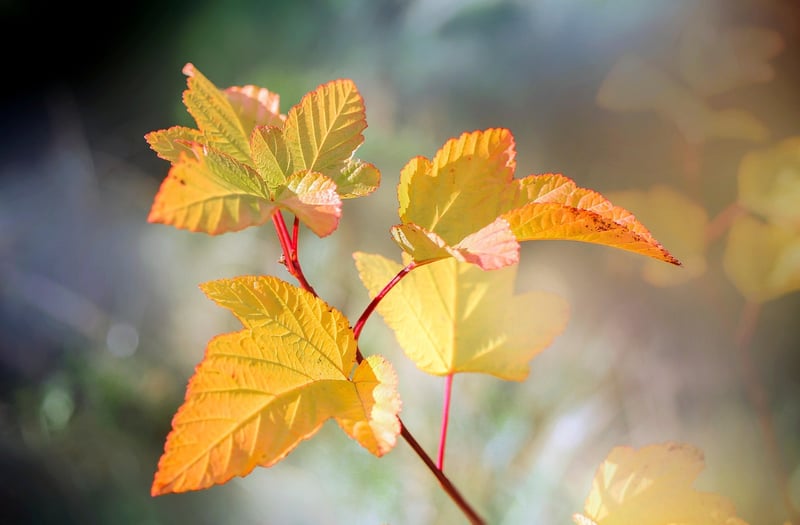Common Pests
Managing Garden Pests: A Comprehensive Guide
Introduction
Gardening can be a rewarding hobby, but dealing with garden pests can be a challenge for any gardener. Understanding common pests and effective management strategies is key to maintaining a healthy garden. In this guide, we will explore how to identify and manage common garden pests to keep your plants thriving.
Common Garden Pests
Here are some of the most common pests that gardeners encounter:
- Aphids: These small insects feed on plant sap and can quickly multiply, causing leaves to curl and plants to weaken.
- Slugs and Snails: These mollusks feed on a variety of plants, leaving behind holes and slime trails.
- Caterpillars: The larvae of moths and butterflies, caterpillars can munch on leaves and damage plant foliage.
- Spider Mites: These tiny pests suck the juices from plants, leading to yellow stippling and webbing on leaves.
- Whiteflies: These small, white insects feed on plant sap and can cause wilting and the spread of diseases.
Managing Garden Pests
Here are some effective strategies to manage garden pests:
- Handpicking: Remove pests like caterpillars and slugs by hand and drop them into a bucket of soapy water.
- Biological Controls: Introduce natural predators like ladybugs or lacewings to control aphids and other pests.
- Neem Oil: Use neem oil as a natural insecticide to deter a wide range of garden pests.
- Row Covers: Protect plants with row covers to prevent pests like caterpillars from reaching them.
- Companion Planting: Plant pest-repelling herbs like basil and marigolds among your crops to deter pests.
Conclusion
By identifying common garden pests and implementing effective management strategies, you can protect your plants and promote a thriving garden. Remember to monitor your garden regularly and take action promptly to prevent pest infestations.
Happy gardening!

For more information on garden pests and management, visit The Old Farmer's Almanac - Common Garden Pests.
